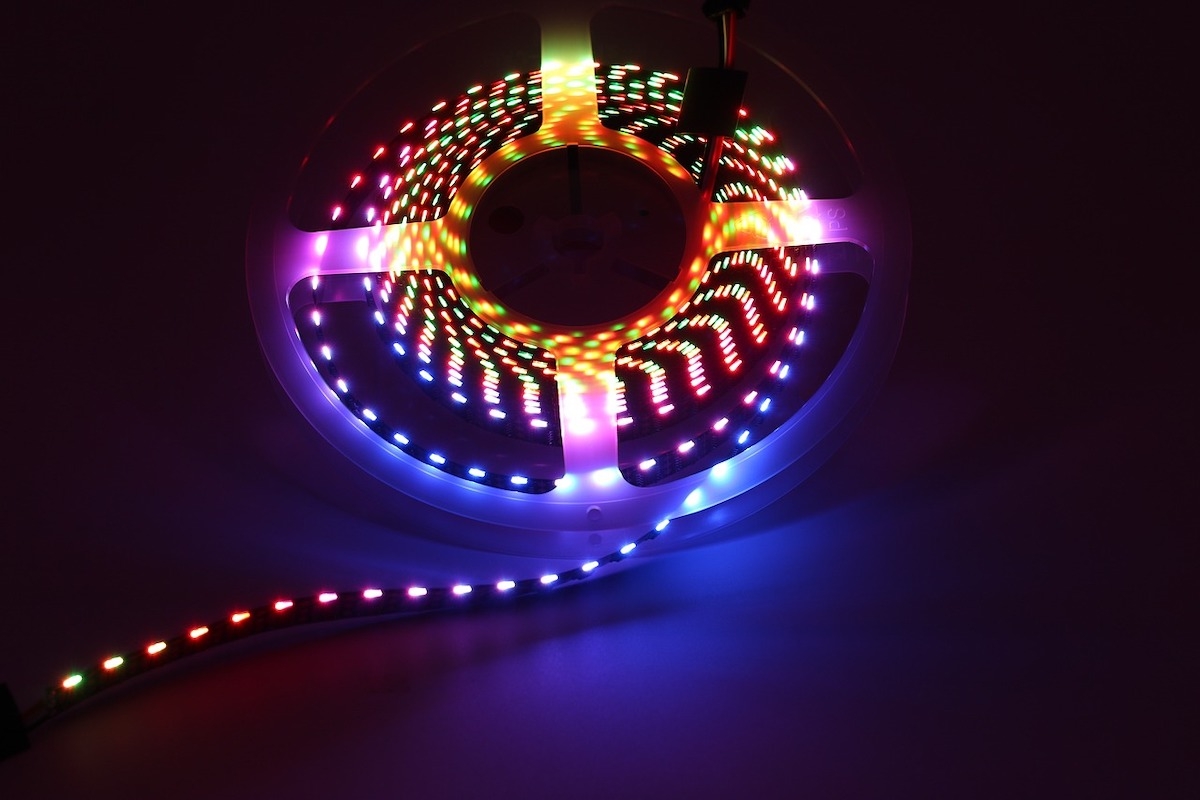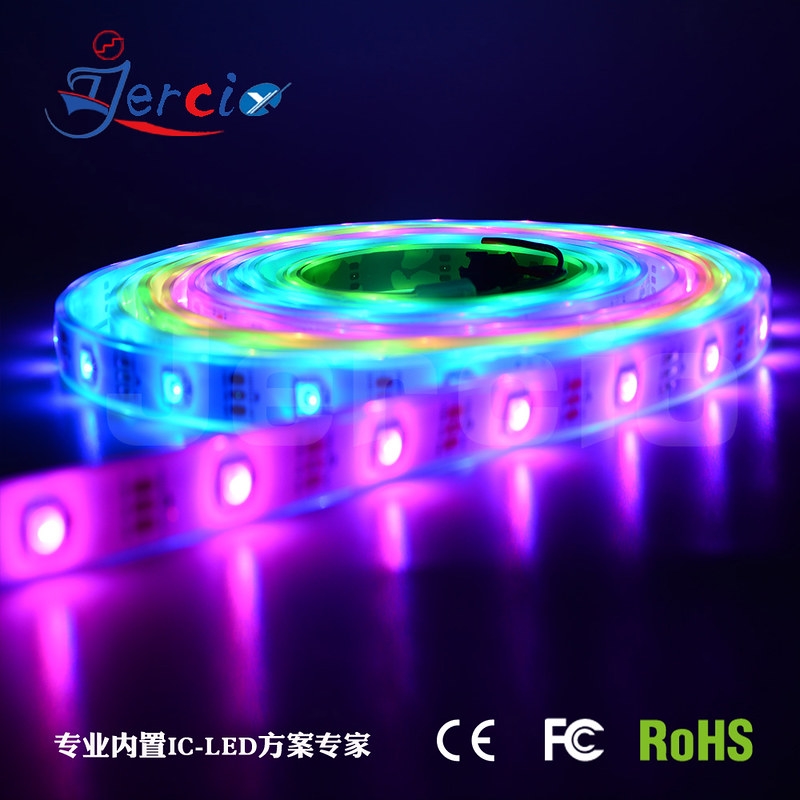
What to Consider When Choosing 24V RGB LED Strips
As indicated in a MarketsandMarkets report, the world's LED lighting industry reached $75.3 bln in 2022. Moreover, analysts predict that the specified branch will hit $124.7 billion by 2027. Canadian specialists explain such popularity because of light-emitting diode lamps' low maintenance cost and high energy efficiency. Furthermore, most of the specified luminaries stand out for their enhanced life.
Experts highlight 24V RGB LED strip lights among tape lamps in high demand in Canada nowadays. They recommend buying such luminaries only at reputable platforms (like ledmontreal.com), though. Otherwise, consumers risk obtaining poor-quality LED strips at unfair prices. But that's not all you should know about choosing the mentioned lamps. So, let's dive deeper into this.
Why Are 24V RGB LED Strips Better Than 12V Ones?
LED luminaries lose their brightness as strips become longer. That's due to voltage drops. Such losses are twice less for 24V lamps compared to 12V ones. This is because light-emitting diode strips contain several groups of LED elements. Let's call such groups units.
So, each unit's voltage has to be equal to the total luminary voltage. But indeed, the farther units from a strip beginning, the lower their voltage. 24V lamp units typically include seven LED elements. And 12V luminary units contain only three elements. Consequently, 24V strips may provide you with qualitative lightning at greater length.
Thus, a 12V luminary may be a good choice for, e.g., small rooms. On the other hand, you can put 24V lamps even into large installations such as a billboard. However, 24V LED strips, of course, also have a limit.
Main Technical Features of 24V RGB LED Strips
Initially, you should pay attention to the luminosity or brightness of a lamp. It's measured in lumens/length (yard, foot, meter, etc.). There are the following recommendations on how to select luminaries by their brightness:
- 165…1150 lm/m is enough for night light;
- it's better to buy lamps of up to 575…1,725 lm/m to illuminate a sofa or cabinet;
- it is recommended to choose strips of up to 1,475 as well as 2,295 lm/m, correspondingly, for close and far task lighting;
- it's better to purchase luminaries of 1,640…3,120 lm/m to replace a fluorescent tube.
LED strips are typically used with controllers called dimmers. Such devices allow reducing or increasing brightness. You may find more information on this topic in thematic guides (for instance, on the LED Montreal official website).
Power of 24V RGB LED Strips

The more capacity, the brighter each element of a lamp shines. Canadians mostly choose luminaries of 7.2 and 14.4 W/m. Here, you should keep in mind that powerful stripes heat up a lot. This, in turn, causes faster LED element burnouts.
Colour Rendering Index (CRI)
CRI shows the accuracy of the replication of natural light by a lamp. You can measure it by a number from 0 to 100. Lamps with the following CRIs are widespread in the Canadian market:
- 75…90 – such luminaries are most popular because of their versatility;
- 90…95 – retailers, movie-makers, artists, and photographers commonly employ these LED strips;
- up to 97…99 – such lamps have the best quality but are quite expensive.
High-CRI lamps distribute spectral power more smoothly. Consequently, illuminated items will appear clearer in this case. On the other hand, low-CRI luminaries can make things dull and fuzzy.
Bottom Line
Light-emitting diode luminaries help you save funds. That's because they consume little electricity and have favourable prices. Canadians prefer 24V LED strips nowadays. That's because such lamps stand out for their low voltage drops.
Experts recommend considering several features, like brightness, power, or colour rendering index (CRI), when choosing 24V lamps. This will help consumers to avoid purchasing unsuitable luminaries.
Image Source: Pixabay









